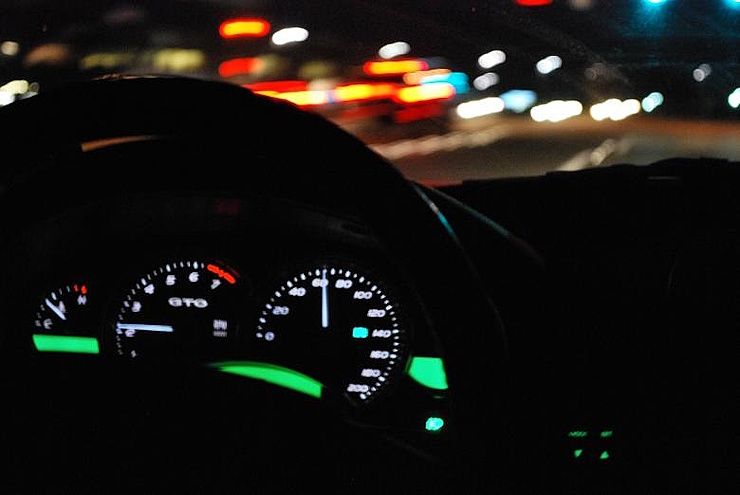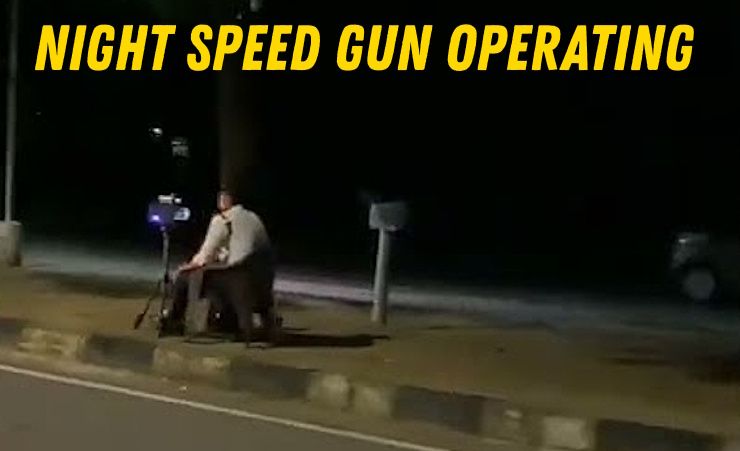Revealed: The Biggest Reason For Accident Deaths On Indian Roads


The government’s latest Road Accidents in India report for 2023 highlights a continuing crisis: overspeeding accounted for nearly seven out of every ten road accident deaths in the country. According to the Ministry of Road Transport and Highways, 68.4% of all reported road accidents and 68.1% of fatalities were linked to excessive speed. This translated into 3,28,727 accidents and 1,17,682 deaths caused by overspeeding in a single year.

In total, 4,80,583 accidents were reported in 2023, resulting in 1,72,890 deaths and 4,62,825 injuries. Put another way, 55 accidents and 20 deaths occurred every hour across the country. Compared to 2022, the reduction in cases was marginal: accidents dropped by only 1.4%, fatalities by 1.9% and injuries by 0.7%. The share of overspeeding as the top cause remained almost unchanged, showing that existing measures have done little to reduce the risk.
National Highways were particularly dangerous. Despite making up just 5% of the total road network, they accounted for more than half of all accidents and close to 60% of fatalities. High traffic volumes and design speeds make them especially prone to speed-related risks.

The data shows that younger drivers and riders are most vulnerable. People between 18 and 45 years made up two-thirds of accident victims, while those between 18 and 60 years represented more than 83% of all deaths. These age groups form the majority of India’s working population, suggesting that unsafe driving behaviour is exacting a heavy social and economic toll.
Two-wheeler users continue to suffer the highest casualties, making up nearly 45% of all road deaths. Pedestrians followed at over 20%. These groups are the most exposed to the impact of vehicles travelling at unsafe speeds. The risk of severe injury or death multiplies sharply for them when vehicles exceed safe operating speeds.

Enforcement gaps remain one of the main reasons for overspeeding. Speed cameras and electronic monitoring exist in some states, but coverage is limited. Many stretches, especially in rural and semi-urban areas, have little or no enforcement. Where drivers do not expect checks, compliance is predictably low.
Road design also plays a role. Long, wide, and straight sections of road often encourage drivers to exceed posted limits, especially if speed limits appear unreasonably low. Without proper signage, calming measures or road design that naturally moderates speed, drivers are likely to continue overspeeding.
Behavioural attitudes are another barrier. Many drivers consider speed limits optional and overestimate their ability to control vehicles at high speeds. Overspeeding is often accompanied by other risky behaviours such as tailgating, abrupt lane changes and distracted driving, multiplying the danger.

Experts point to a mix of solutions. Enforcement needs to be consistent and widespread, with expanded use of speed detection systems and intelligent traffic management. Regular reviews of posted speed limits could improve compliance if limits are seen as fair and realistic.
Infrastructure improvements can also help. Road design that uses natural cues, such as narrowing lanes or adding visual breaks, can discourage speeding without relying only on policing.
Technology offers further options. Features like intelligent speed adaptation, speed limiters and advanced driver assistance can cap unsafe behaviour, but adoption remains limited due to costs and consumer resistance. Regulatory support could accelerate rollout.
Education and awareness campaigns will remain critical, but they must address attitudes, not just knowledge. Many drivers already know the risks but choose to ignore them. Campaigns that highlight the real-life consequences of crashes—medical costs, long-term disability, family impact - may have more influence.
Overspeeding has been the single largest cause of road accident deaths in India for years, and the 2023 data shows that the problem continues largely unchanged. Unless enforcement, road design, technology adoption and public attitudes shift together, overspeeding will remain the biggest challenge in reducing fatalities.
For now, the numbers confirm that India’s roads remain deadly places where speed continues to be the factor most responsible for preventable loss of life.